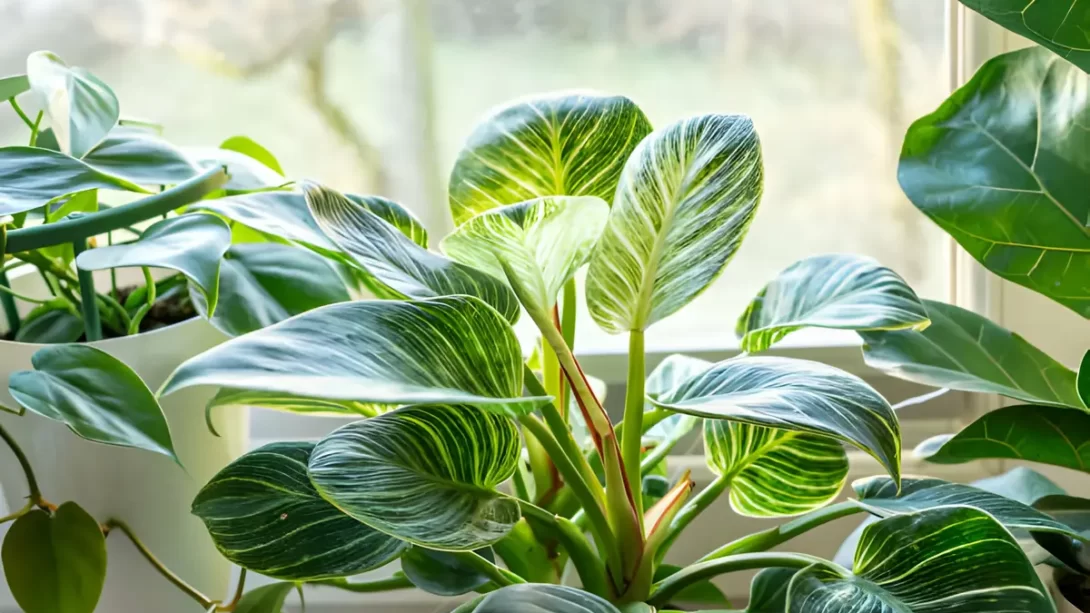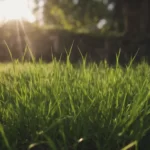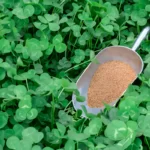Philodendrons are a diverse and popular group of houseplants, cherished for their lush foliage and adaptability to indoor environments. A critical aspect of caring for these tropical plants is understanding their watering needs. Proper watering is essential to maintain their health and promote growth. This article provides an in-depth guide on how often to water philodendrons, considering various factors that influence their hydration requirements.
Philodendrons
Philodendrons originate from tropical regions and are part of the Araceae family. They come in a variety of shapes and sizes, from climbing to self-heading varieties. In their natural habitat, they thrive under the canopy of rainforests, receiving dappled sunlight and consistent moisture. This background informs their care as houseplants, particularly their preference for moist but well-drained soil. Understanding these basic needs is key to mimicking their natural environment and ensuring their well-being in a home setting.
Watering Basics for Philodendrons
The ideal watering approach for philodendrons strikes a balance between keeping the soil consistently moist and avoiding waterlogging, which can lead to root rot. The goal is to mimic the humid, yet well-drained conditions of their tropical rainforest habitat. Water should be applied evenly around the plant until it begins to drain out of the bottom of the pot. This ensures that the entire root system has access to moisture. Allowing the top inch of the soil to dry out slightly before the next watering is a good rule of thumb to prevent overwatering.
Factors Influencing Watering Frequency
The frequency of watering a philodendron is not one-size-fits-all; it varies depending on several key factors:
- Pot Size and Type: Larger pots hold more soil and, consequently, more moisture, which can extend the time between waterings. Conversely, smaller pots dry out faster. The material of the pot, such as plastic or terracotta, also impacts moisture retention.
- Soil Type: Philodendrons thrive in well-draining soil mixes. Soil that retains too much moisture can lead to root rot, while very porous soil may require more frequent watering.
- Environmental Conditions: Light, temperature, and humidity in your home significantly affect watering needs. Higher light and temperature can cause the soil to dry out more quickly, necessitating more frequent watering. High humidity, on the other hand, might reduce the need for frequent waterings.
- Plant Size: Larger philodendrons with more foliage may require more water compared to smaller plants, as they have a larger root system and greater transpiration rates.
Typical Watering Schedule
Despite these varying factors, there are general guidelines you can follow:
- During the growing season (spring and summer), philodendrons typically need to be watered more frequently, as this is when they experience the most growth. Checking the soil moisture weekly is a good practice.
- In the dormant season (fall and winter), the plant’s water requirements usually decrease. The soil should be allowed to dry out a bit more between waterings.
These are just starting points, and it’s important to adjust your watering schedule based on the specific needs of your plant and its environment.
Signs of Overwatering and Underwatering
Being able to identify signs of overwatering and underwatering can help you fine-tune your watering routine. Overwatering often manifests as yellowing leaves, a sign of root rot or oxygen-starved roots. In contrast, signs of underwatering include drooping leaves and dry, crumbling soil. Adjusting your watering schedule in response to these signs is crucial for the health of your philodendron.
Best Practices for Watering Philodendrons
To optimize your philodendron’s health, follow these best practices for watering:
- Use the Right Water: Tap water can sometimes contain chlorine or fluorides that may be harmful to sensitive plants. Using room temperature, non-chlorinated water is ideal. If you only have tap water, let it sit out overnight to allow some of the chemicals to evaporate.
- Check Soil Moisture Levels: Before watering, check the soil moisture. You can do this by inserting your finger into the soil up to the first knuckle. If the soil feels dry at this depth, it’s time to water. For a more precise measure, consider using a moisture meter.
- Water Evenly: Ensure that water is distributed evenly around the pot, reaching all parts of the root system. Avoid just watering in one spot.
- Adjust Watering Based on Seasonal Changes: Be mindful of changes in your home’s environment with each season, such as increased heating in the winter or air conditioning in the summer, and adjust your watering accordingly.
- Avoid Water Accumulation in Trays: After watering, empty any excess water collected in the saucer beneath the pot to prevent the roots from sitting in water.
Conclusion
Watering philodendrons correctly is a balance of observation and adjustment. By understanding the factors that influence watering frequency and recognizing the signs of overwatering and underwatering, you can maintain a healthy watering regime. Regularly checking soil moisture, using the right water, and adjusting for environmental changes are key to nurturing a thriving philodendron. With these practices, your philodendron can grow to be a lush and vibrant addition to your indoor plant collection, bringing a touch of the tropics into your home.



